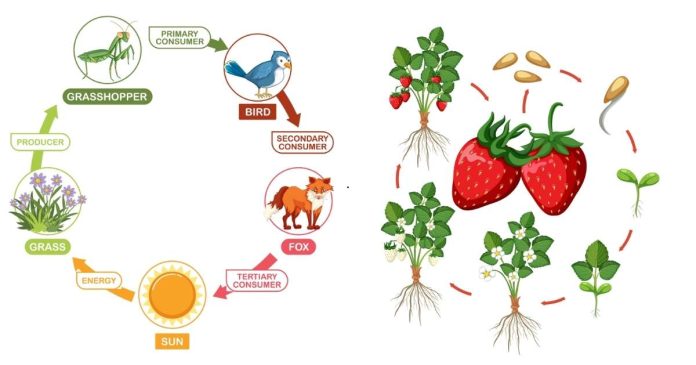In Java web applications, servlets play a critical role in handling requests from clients and responding with the appropriate data. To understand how servlets operate, it’s essential to grasp the concept of the Servlet Life Cycle—the process through which a servlet is created, initialized, used, and destroyed. This cycle is managed by the servlet container (often a part of a web server, like Apache Tomcat).
What is a Servlet?
A Servlet is a Java class used to extend the capabilities of servers that host applications accessed via a web browser. These servers typically respond to client requests, process them, and generate dynamic content in return. Servlets are typically used for tasks such as processing form data, handling user requests, or interacting with databases.
The servlet life cycle defines how a servlet is loaded, instantiated, initialized, and eventually destroyed. It includes four key stages: Loading, Initialization, Request Handling, and Destruction.
1. Loading the Servlet
The servlet life cycle begins when the servlet container loads the servlet class into memory. However, servlets are not loaded immediately when the server starts. Rather, the servlet is loaded under two conditions:
- On Demand: The servlet is loaded when the first request is made to it.
- At Startup: The servlet can be configured to load at server startup, typically defined in the
web.xmlconfiguration file or using annotations like@WebServlet.
When the servlet is loaded for the first time, the servlet container loads the servlet class and prepares it for use.
2. Initialization
Once the servlet is loaded into memory, the container initializes the servlet by calling its init() method. The init() method is called only once during the life of the servlet, and it’s primarily used to set up any resources the servlet might need, such as database connections or file I/O streams.
Here’s an example of how the init() method works:
public class MyServlet extends HttpServlet {
@Override
public void init() throws ServletException {
// Initialize resources (e.g., database connection)
}
}
3. Request Handling
After the servlet is initialized, it is ready to handle client requests. Every time a request comes in, the servlet container calls the service() method of the servlet. The service() method is responsible for handling the request and generating an appropriate response. This is where most of the servlet’s business logic resides.
For example, in an HTTP servlet, the service() method would delegate the request to either doGet() or doPost() based on the HTTP method used by the client:
public class MyServlet extends HttpServlet {
@Override
protected void doGet(HttpServletRequest request, HttpServletResponse response)
throws ServletException, IOException {
// Process GET request
}
@Override
protected void doPost(HttpServletRequest request, HttpServletResponse response)
throws ServletException, IOException {
// Process POST request
}
}
During this phase, the servlet handles multiple client requests as long as the server is running and the servlet is active. The doGet() or doPost() methods contain the logic to process the client’s data and return a response.
4. Destruction
When the servlet is no longer needed (for example, when the server shuts down or the servlet is unloaded), the container calls the destroy() method. The destroy() method is invoked once before the servlet is removed from memory, allowing the servlet to release any resources (such as closing database connections, freeing up memory, etc.).
Example of destroy() method:
public class MyServlet extends HttpServlet {
@Override
public void destroy() {
// Clean up resources (e.g., close database connections)
}
}
The Entire Servlet Life Cycle Flow
- Loading: The servlet is loaded into memory when a request is made (unless pre-loaded at startup).
- Initialization: The
init()method is called to set up necessary resources. - Request Handling: The
service()method handles incoming requests by delegating todoGet(),doPost(), etc. - Destruction: When the servlet is no longer needed, the
destroy()method is called to clean up resources.
Key Points to Remember:
- The servlet container manages the life cycle, including loading, initializing, and destroying the servlet.
- The
init()method is called once when the servlet is first loaded. - The
service()method handles multiple requests throughout the servlet’s life. - The
destroy()method is called once when the servlet is about to be destroyed. - The servlet life cycle ensures that resources are efficiently managed and released when no longer needed.
Conclusion
Understanding the servlet life cycle is crucial for developing efficient, scalable, and maintainable Java web applications. The servlet container controls most of the servlet’s life cycle management, but as a developer, you are responsible for ensuring your servlet behaves correctly within each stage—setting up resources, handling requests efficiently, and releasing resources when they are no longer needed.
By following the servlet life cycle, you can create servlets that are ready to handle multiple requests efficiently while properly managing system resources.


